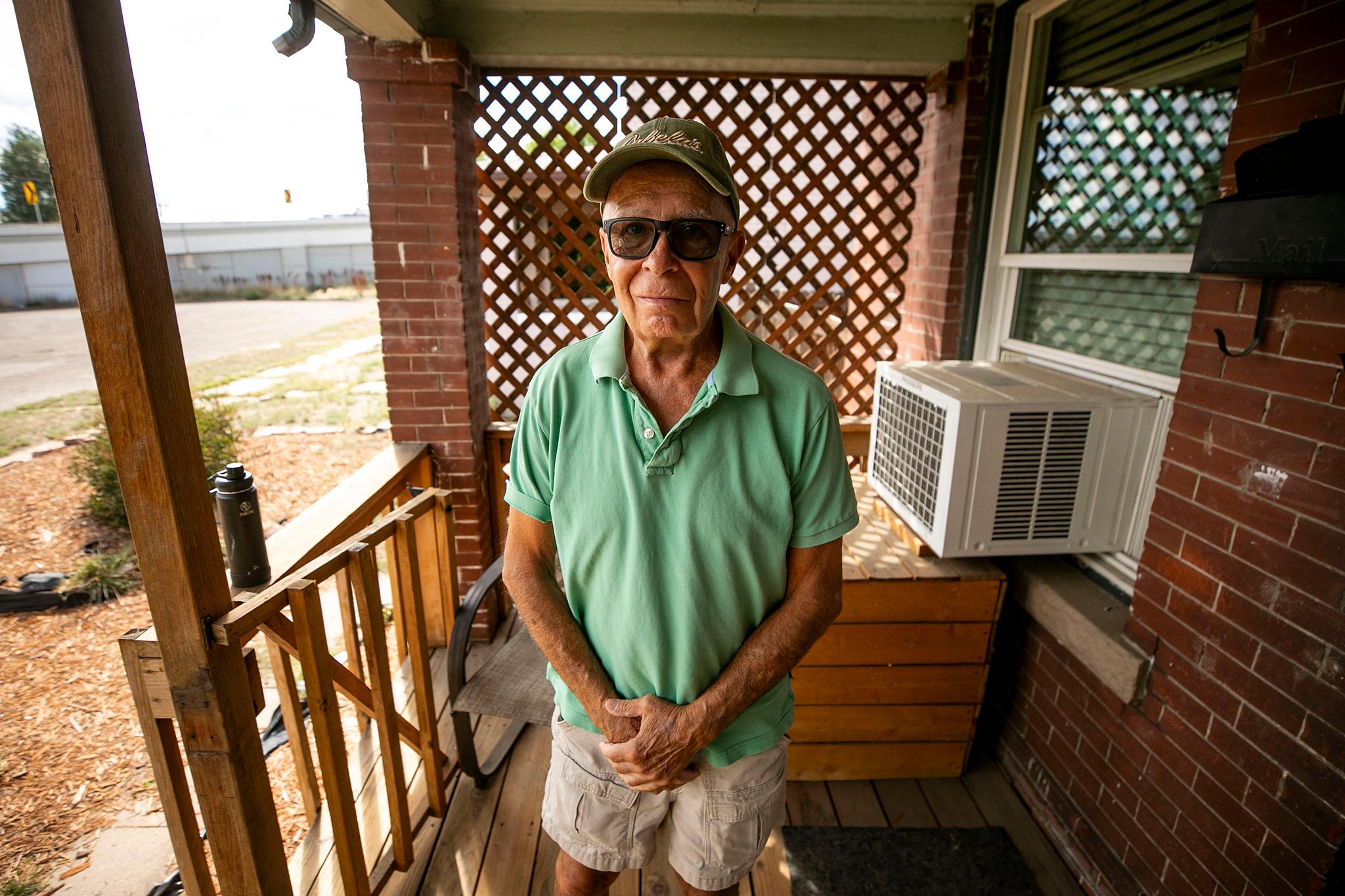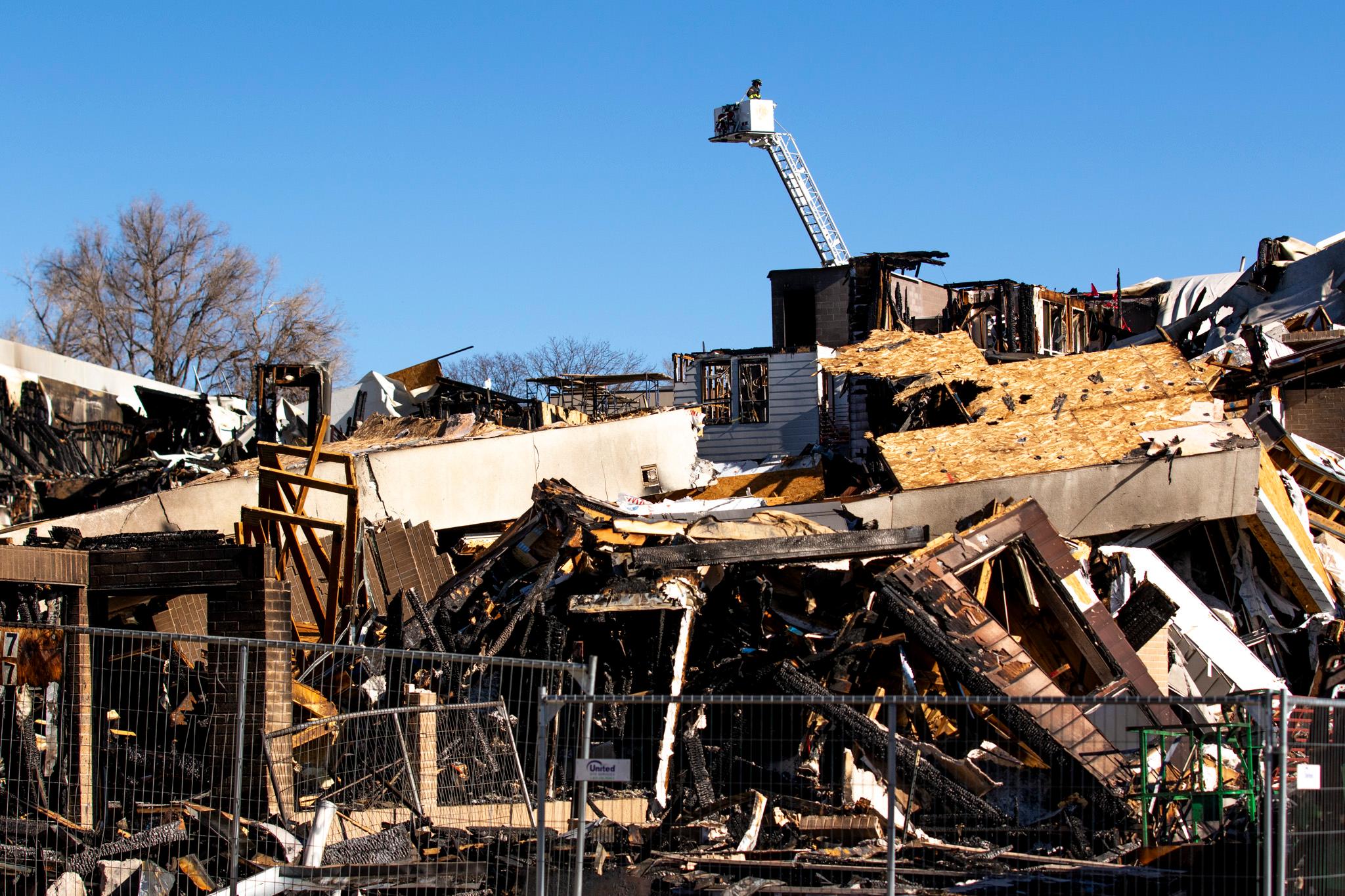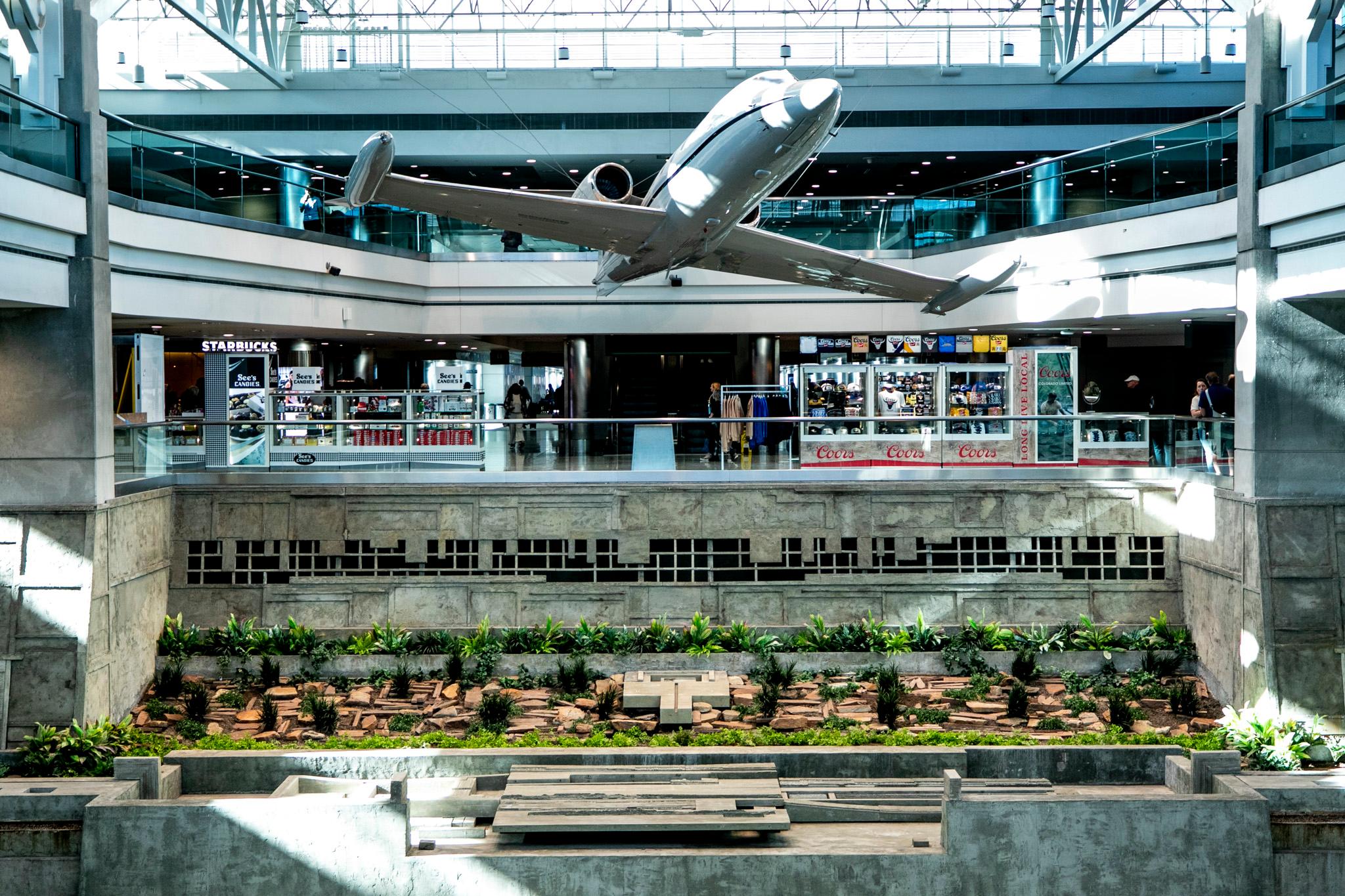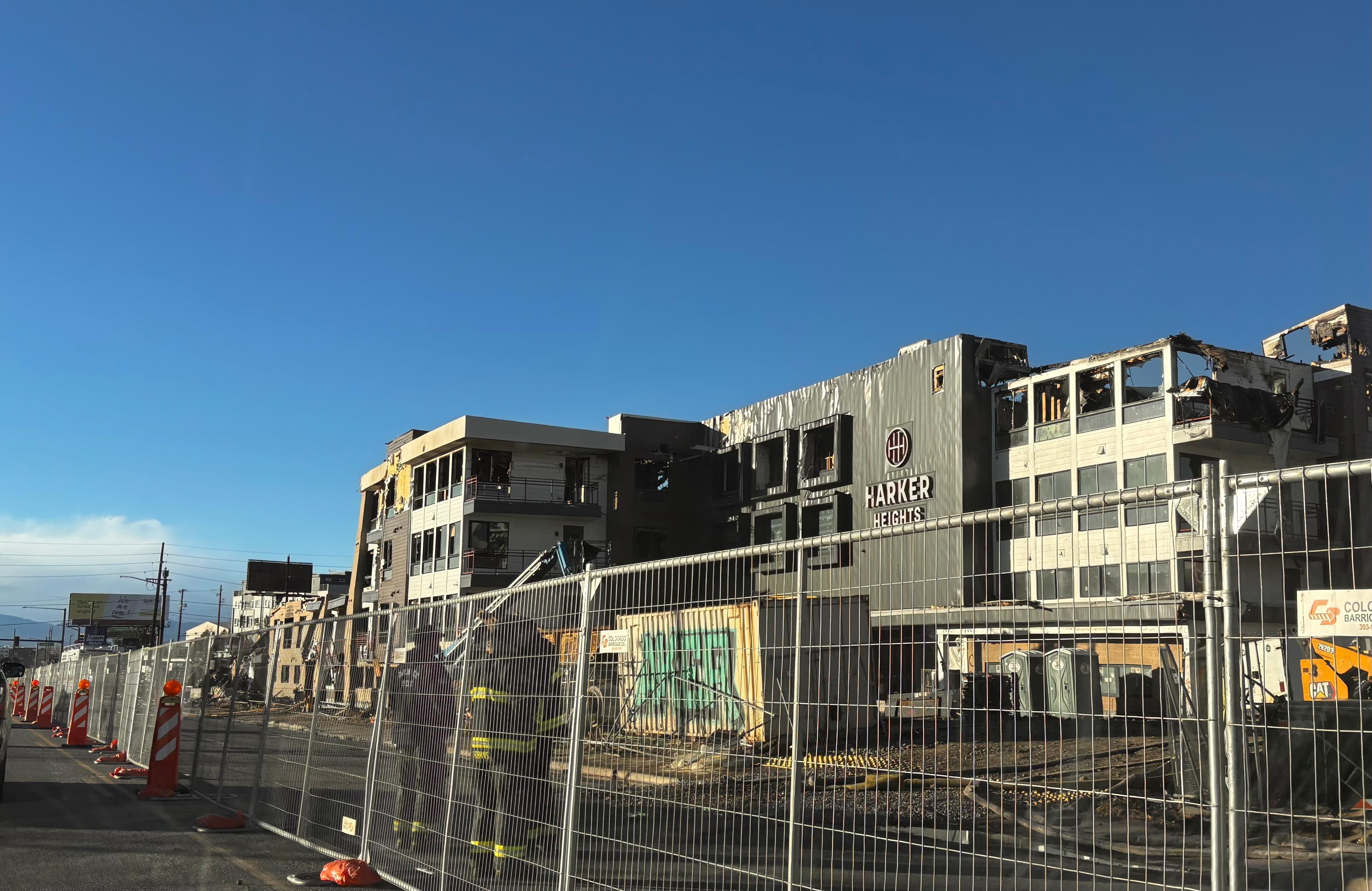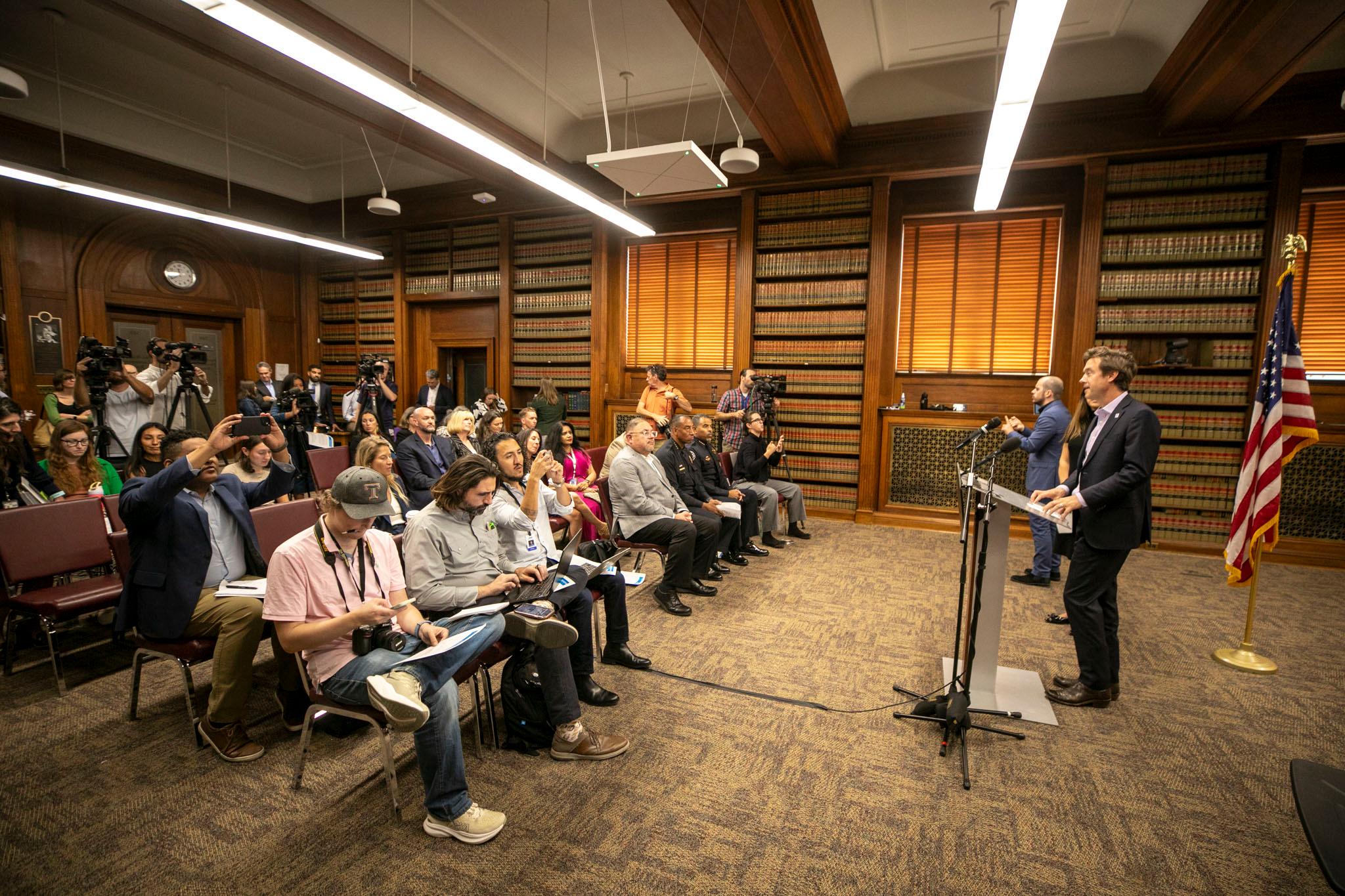Robert McDermott has lived on one of Denver’s strangest blocks for 14 years.
The block includes just six houses, sandwiched between the northbound Interstate 25 ramp in front and both the I-25 viaduct and fast-moving Broadway in the back.
The front porches face the ramp. Beyond that are the nice homes, quiet streets and walkable neighborhoods of West Wash Park. The backyards face the highway. The sound of cars is constant.
“Actually you get used to it, and actually I like it,” McDermott said about the block. “There's nobody in front of me and there's nobody behind me, and you can see the sky.”
Yet McDermott has known for years he would likely have to move one day. For nearly two decades, this little block of six homes was slated to be demolished under eminent domain as part of a construction project rebuilding roads around I-25 and Broadway to accommodate more traffic.
“I kind of worried about it a lot, because I didn't want to move,” said McDermott, who has lived in south Denver for some 40 years. “I don't know what I was going to do. I was thinking about moving on the Western Slope. It's cheaper over there in some spots.”
That all changed last week, when Denver did something unusual: The city walked away from a portion of the plan, saving six homes from demolition and agreeing to a number of other changes community members have been requesting for years.
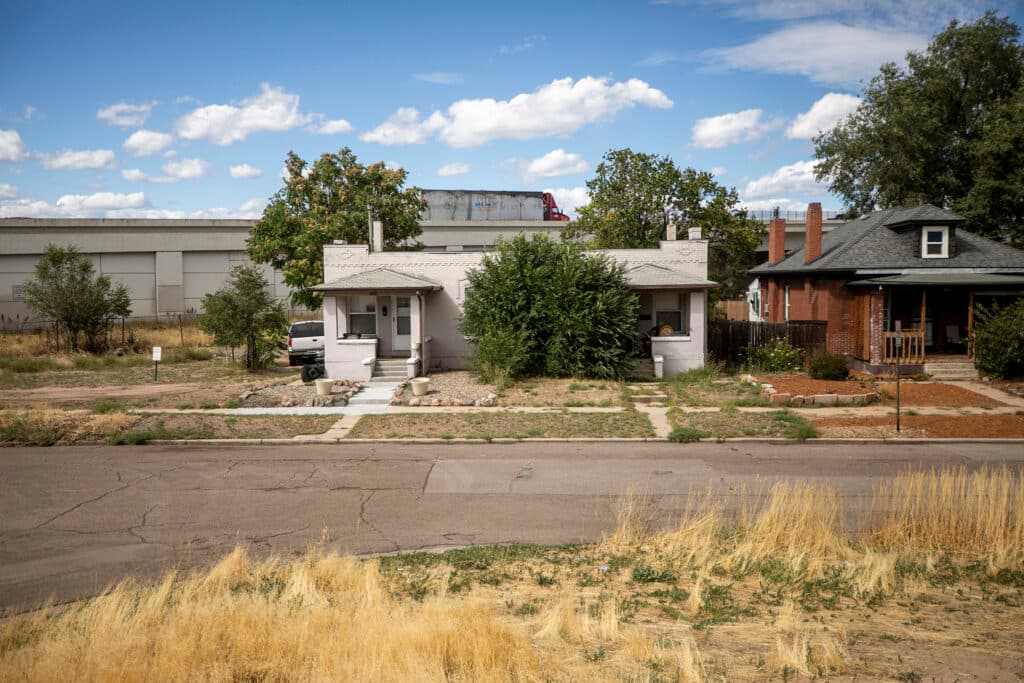
“Cities don't just abandon highway projects like they did here. I mean, this is a big deal,” said Amy Kenreich, the former president of the West Wash Park Neighborhood Association, who spent years advocating for changes to the project.
City officials said the change would preserve housing, and that it reflects a shift in planning priorities with added focus on pedestrians and cyclists, not just cars. The city no longer plans to rebuild the northbound I-25 ramp, which will allow it to avoid demolishing the homes. The modified plan also includes a few pedestrian upgrades requested by neighbors.
The project should be finished in 2026. And while residents now know they can stay in their homes, big questions about the future of the block — and the neighborhood — remain.
The city drafted the project at Broadway and I-25 in 2008 in anticipation of new development, more cars and more people.
Just south of where the highway passes over Broadway, there’s a sprawling dirt lot — part of the old Gates rubber factory. The city has long anticipated that development at that site will bring new traffic to a growing neighborhood.
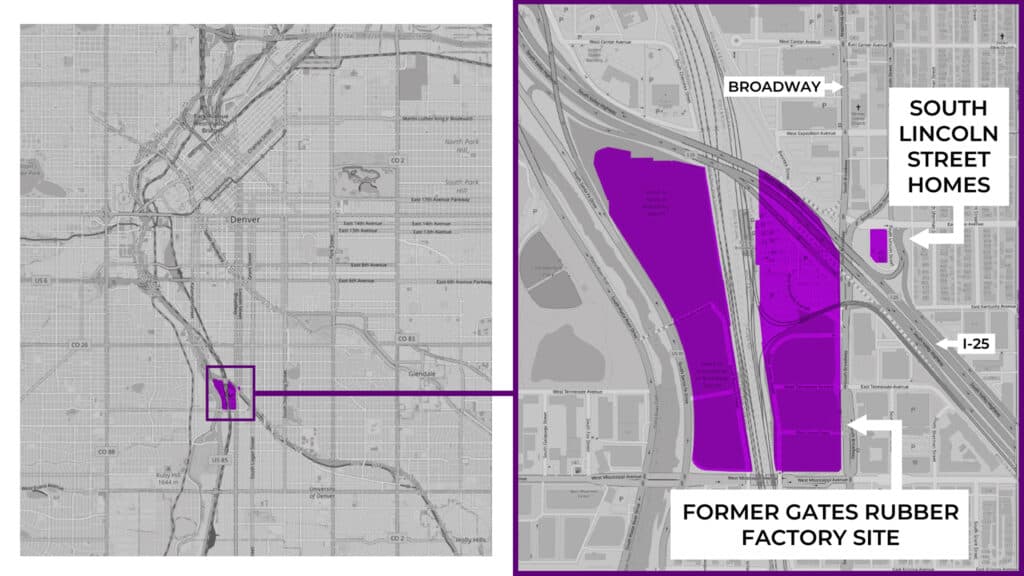
That’s why the city drafted a plan in partnership with the state that would add traffic signals and reconstruct and expand portions of the streets and ramps in the area, accommodating more cars and better connecting local roads to the highway, the RTD station and the neighborhood. The project is projected to cost more than $60 million.
But to some community members, pedestrians seemed like an afterthought in this plan. To them, the project was aimed at sending more cars in and out of the area more quickly, not at helping pedestrians and cyclists move safely through a neighborhood abutting a highway. With expanded streets, residents would need to cross more than a dozen lanes of traffic, not to mention navigating the highway ramps, to reach the RTD station just a quarter-mile away.
Plus, the ramp rebuild would have displaced residents of the six homes, some of whom had bought their houses without knowing they were slated to be demolished through eminent domain.
“It was a ridiculous car and highway infrastructure project,” Kenreich said. “Pedestrians were an afterthought. And that's the way [planning] was 20 years ago.”
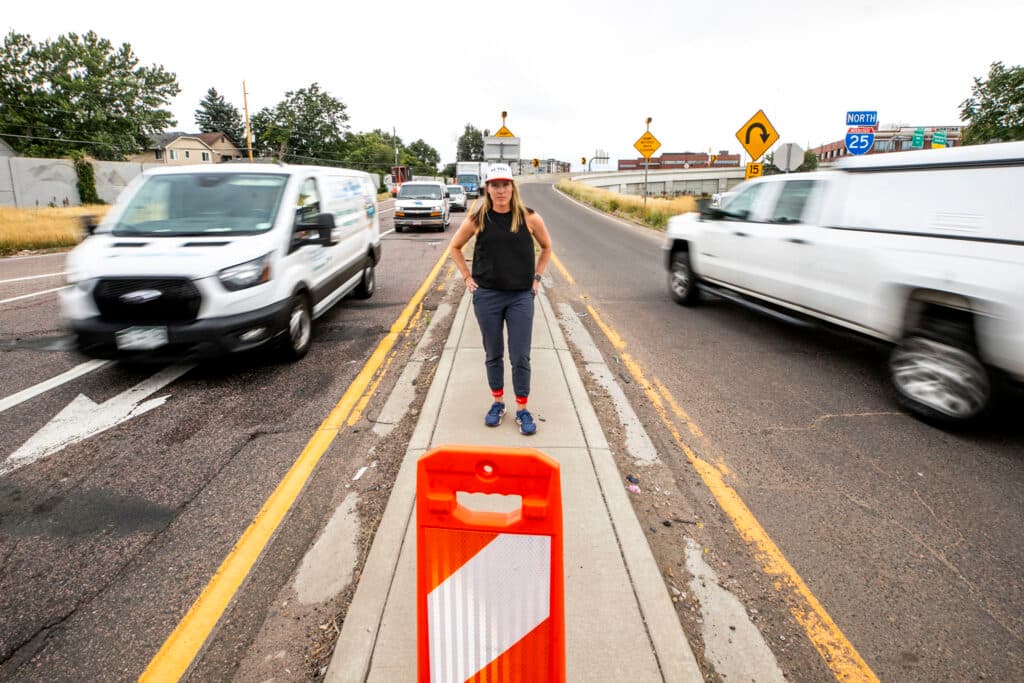
Advocates and neighbors have fought four years for changes.
The city has already completed parts of the I-25 Broadway plan, including reconstructing and widening a portion of Exposition Avenue with new traffic signals and updates to the southbound I-25 ramp.
But it was the northbound ramp rebuild and the threat to the six houses that really set advocates in motion. Kenreich and Brittany Spinner, vice president of the Lincoln Broadway Corridor registered neighborhood organization, got to work a few years ago. They took city leaders on walks through the neighborhood, got more than 800 people to sign a petition and hosted a number of community meetings.
Last week, they got a win.
The city agreed to cancel the portion of the project that would have demolished and rebuilt the northbound I-25 ramp, taking those six homes with it in the process. The ramp rebuild was configured to help drivers get to a higher speed when entering the highway — so opting to keep the ramp as-is to save those six homes was a decision to prioritize residents over car traffic.
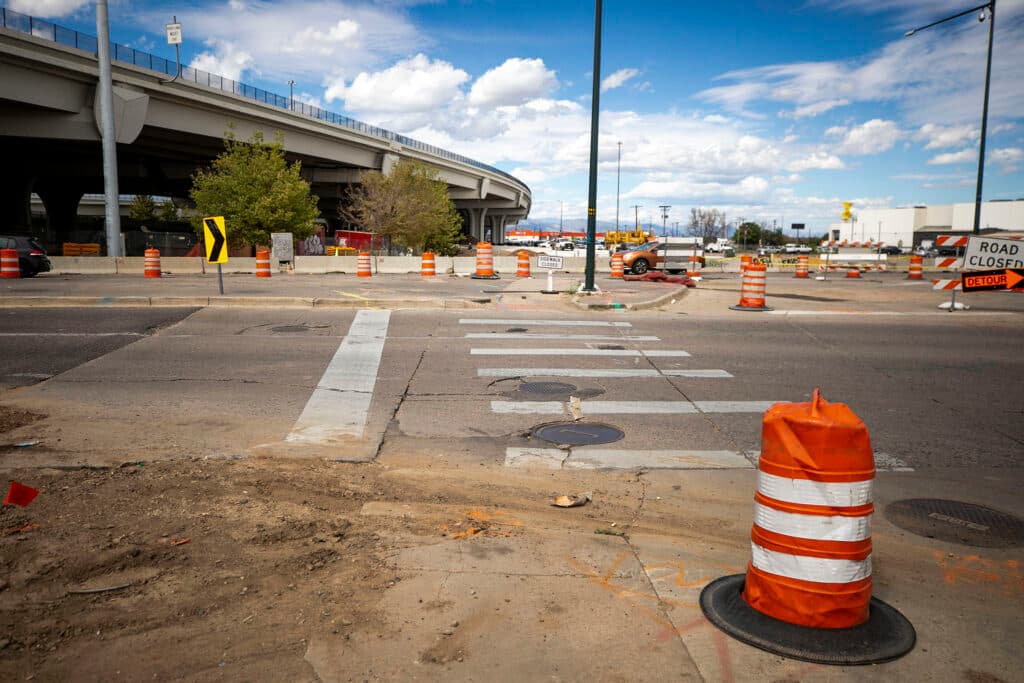
Nancy Kuhn, spokesperson for the Denver Department of Transportation and Infrastructure, cited community input as the reason the city reconsidered a portion of the plan.
“This summer, DOTI officially informed the Colorado Department of Transportation (CDOT) that its priorities and values and those of the surrounding community had changed significantly, with a heightened focus on multimodal transportation and the conservation of existing affordable housing, and that DOTI no longer intended to include the northbound ramp replacement in its long-term capital planning goals,” Kuhn said.
Now, residents can stay put.
Thad Eby has owned one of the now-saved homes since 2014. He even invested in upgrades, including building a second story and a garage, with the hope that the demolition portion of the project would fall through.
“I think knowing that we've got kind of a housing crisis in Denver, it completely made sense for Denver to keep what they have,” Eby said. “I was really happy to see that the Denver area had come to their senses.”
The city also agreed to tweak some of the broader I-25 and Broadway plans with an eye toward pedestrian safety, including adding more trees to the area, building a pedestrian crosswalk and reconfiguring portions of the streets right by the highway to encourage cars to slow down coming off I-25 and into the neighborhood.
“The easy thing for them to do was to continue doing the same thing they've done for the last a hundred years to our city,” Kenreich said. “The hard thing for them to do was announce what they announced this past week, that they're abandoning the rebuild of this ramp.”
But neighbors still have lingering questions about the future of the area.
The city plans to finish construction in spring 2026.
When it’s done, the neighborhood will still be near the highway. Getting to the RTD station will still require crossing under I-25, across Broadway and the highway ramps.
McDermott, who lives on the six-house block, wants the city to build a wall alongside the on-ramp, creating a barrier between the street and the highway — something that already exists on the other side of the ramp, bordering homes on Sherman Street.
His neighbor, Eby, worries about the now-vacant lots behind their homes, where commercial buildings were torn down during the road project. He wants to see a barrier, such as gardens or landscaping, between the homes and the highway.
Kenreich and Spinner want the city to demolish the on-ramp altogether — something they unsuccessfully pitched to the city earlier.
Peter Conquet, who has rented a house on that six-home strip since 2009, worries about trucks making the tight turn onto the highway ramp, the walk to the RTD station and pollution in the area.
“If there's anybody in Denver that knows more about living in front of a highway, it's me,” he said.
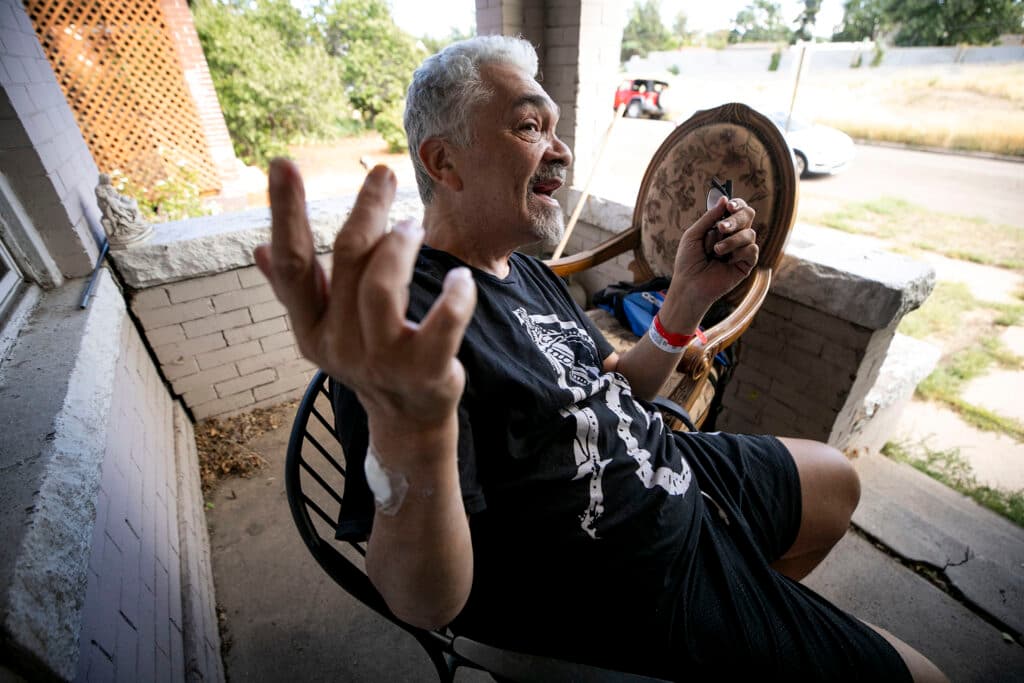
There’s still a big piece of the puzzle missing.
Conquet’s biggest concern isn’t just about the highway. He’s also worried about the future of the old Gates plant site, the one that helped prompt plans for the construction project to begin with.
The I-25 Broadway project was drafted in anticipation of the Gates development, but plans for the project have changed over the years. Conquet is not sure the I-25 Broadway upgrades will be enough when that development comes to fruition.
“You can't talk about the traffic flow unless you do something with that property,” he said.
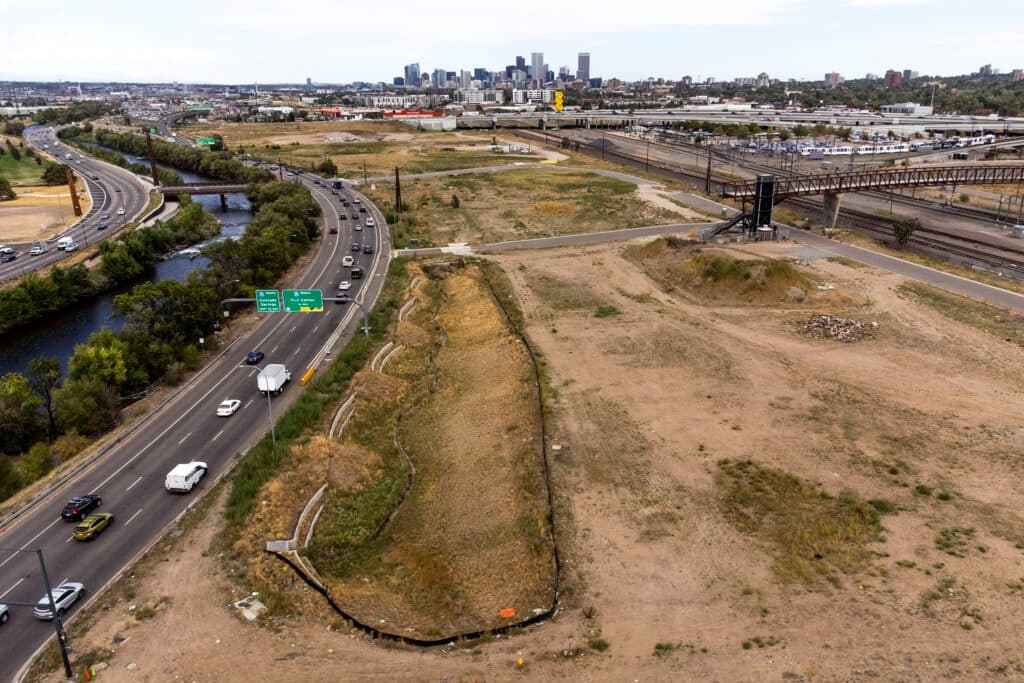
Development plans for the Gates site are part of the reason why the I-25 Broadway project was created in 2008 to begin with. But the original Gates redevelopment never broke ground. Then, in 2019, Austin-based Endeavor Real Estate Group bought the land with promises to build a walkable district with homes, businesses, offices and parks right by the RTD station.
Developers planned to break ground in 2020, but that’s been delayed. Denverite has reached out to Endeavor Real Estate Group for comment on the status of the project. Councilmember Flor Alvidrez, who represents the neighborhood, said a few parcels in the area are in permitting stages with the city, but that portions of the 2019 plans are changing to include less office space as the market has changed since the pandemic.
Near I-25 and Broadway, a pedestrian bridge to nowhere crosses over the RTD tracks by the station and the highway, waiting in anticipation of future development.
After nearly 20 years, the residents of the strange little six-house block finally have certainty that their homes will stay put.
As for what’s going on at the old Gates plant next door? It’s still a dirt lot.

Correction: The spelling of Peter Conquet's name was corrected in a photo caption.

